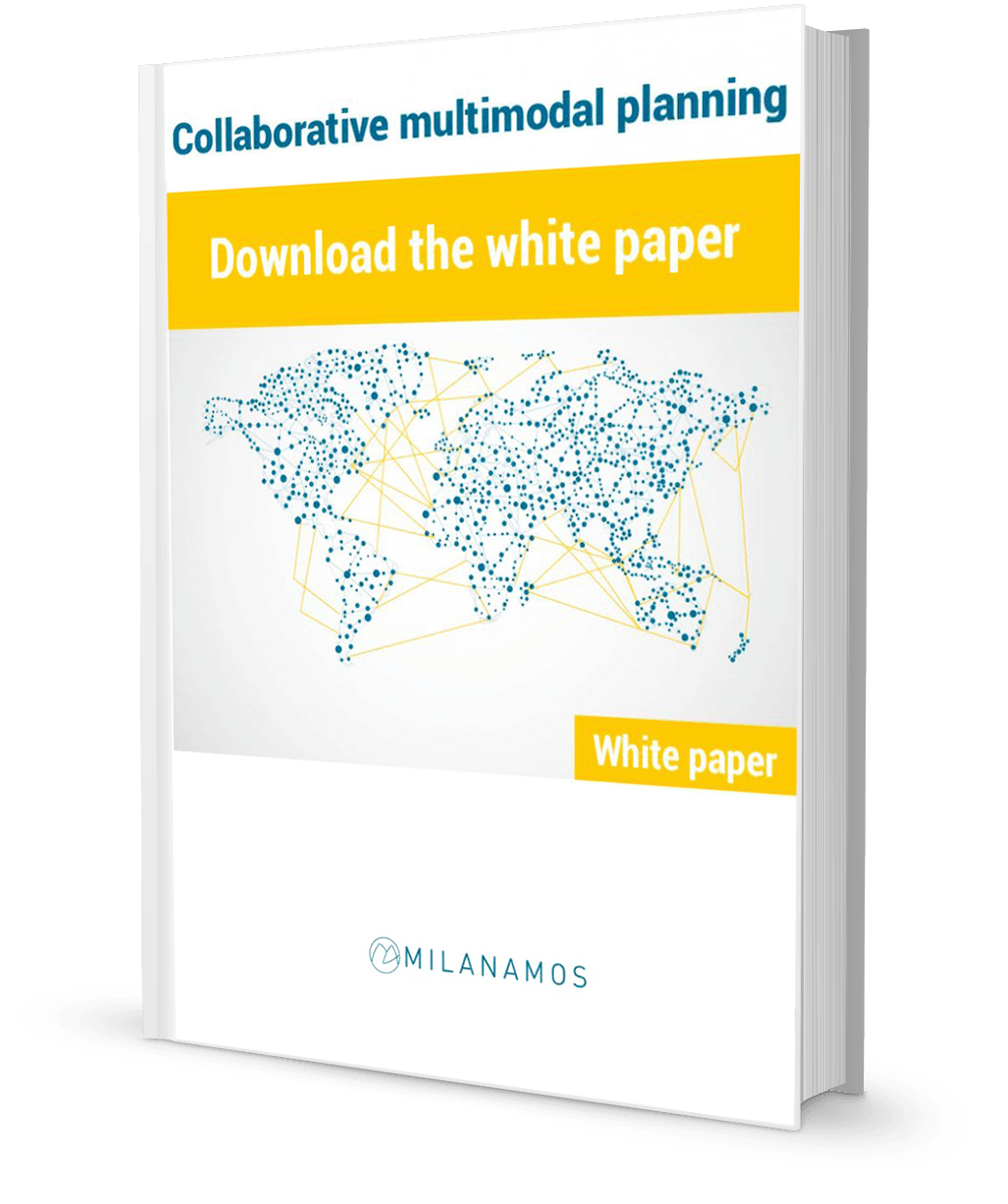It’s almost implicit in the word ‘data’ that it – the data – is about things which have already happened. But with Big Data you can aggregate lots of things which have already happened in order to make an intelligent guess about the future.
Your grandmother would have called it common sense. But today we call it predictive analytics. In your grandmother’s day, if a shopkeeper knew it was going to rain tomorrow … he’d put the umbrellas by the front door in order to sell more of them.
Today you can make predicting the future more scientific by comparing data from multiple sources. How might this affect transport operators?
In a simple ‘one dimensional’ use case, your Big Data package could be set to trigger an alert when 10,000 people from your region had Tweeted about ‘the big soccer match next week’. It’s a clue you might want to schedule more buses or trains.
But combining data sources can lead to more granular insights. For example, if you overlay weather data on to the ‘big match tweets’ data, then you can guess how many people will walk (because it’s sunny) or take the bus (because it’s raining).
In that simple scenario, predictive analytics can help operators meet customer demand and streamline resources. More complicated models can include data sharing between partners (or even between competitors) to give increasingly sophisticated predictions.
Here a regional airport could co-ordinate data sharing between the airlines it serves, and the train and bus companies (and retail stores and food outlets) who share the airport’s multimodal facilities.
So aggregated big data from, say, ten airlines regarding passenger bookings can help the airport and local transport operators to optimise their services. If the airport shares data with its nearest smart city, predictive data can benefit the entire regional ecosystem … including hotels and tourist attractions.
Milanamos specializes in big data for transport operators, regional airports and other players in the local ecosystem. We can help companies to future-optimize their operations with predictive analytics.
We can even use multiple sources of big data to predict traffic for projects where there is no historical data. For example, a new airline could use our multi-source big data expertise to plan the most profitable routes from its intended hubs. As an idea, anonymized data from mobile phone operators can identify peoples’ travel patterns.
Data intelligence is the smarter way to plan future services and resources. And the secret is in finding the links between multiple data sources to make smarter predictions.






